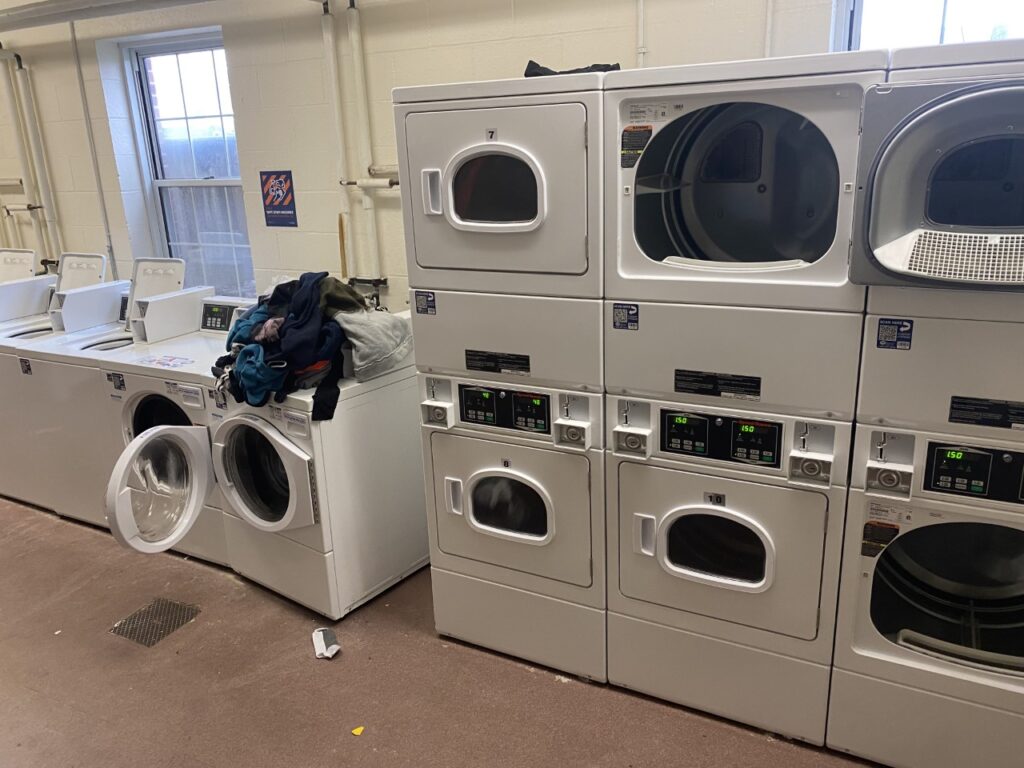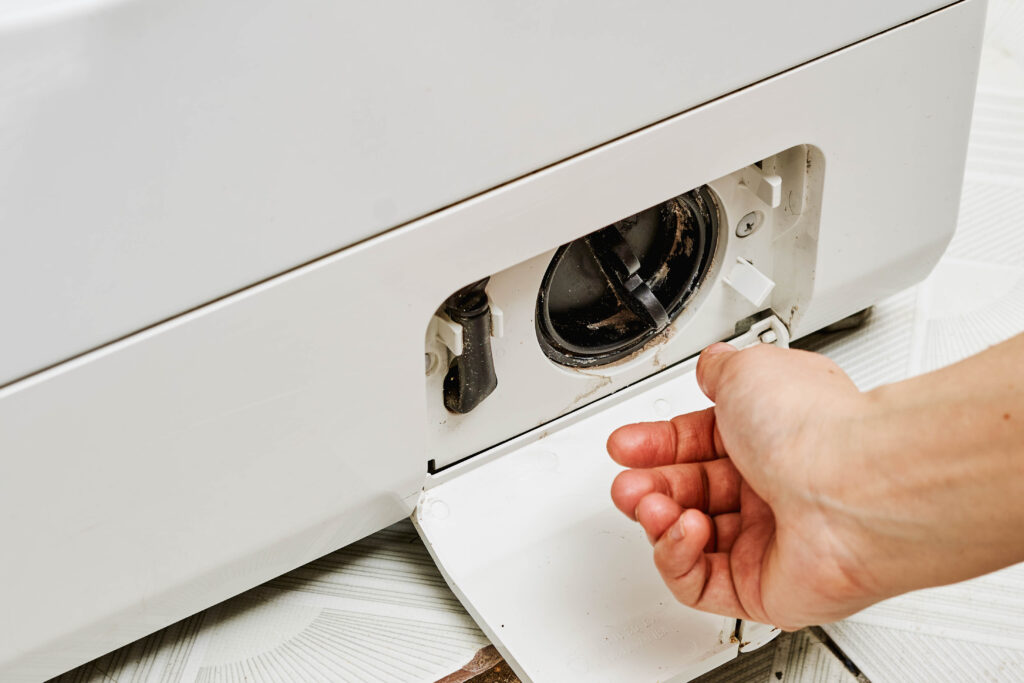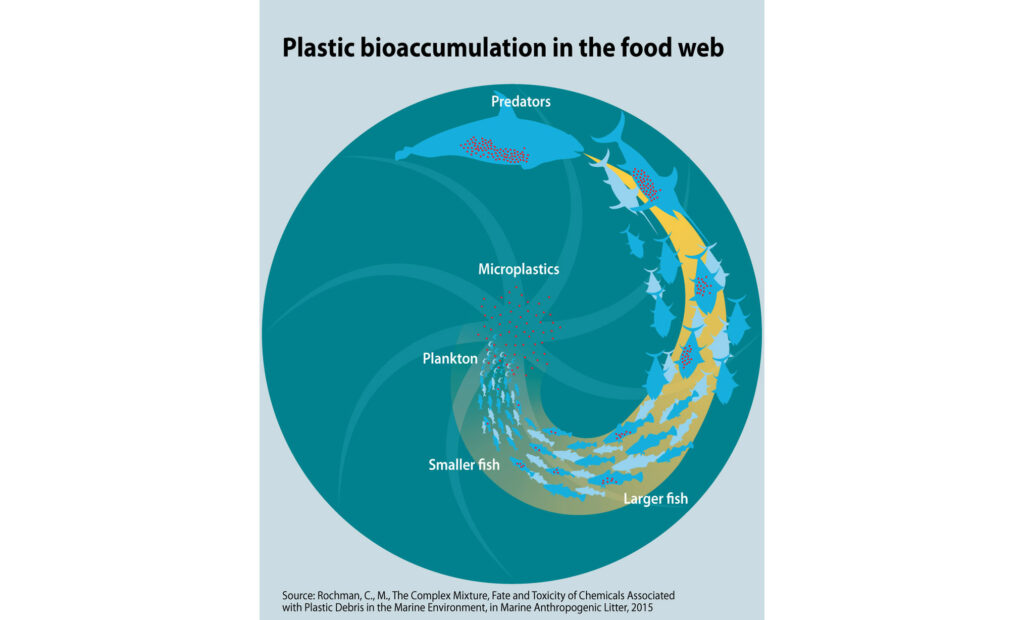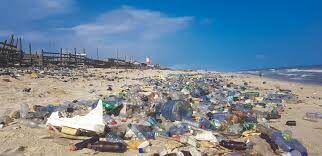“12 percent of all microplastics come out of laundry systems from polyester” – Max Lulavy
Max lulavy – a Gettysburg alum who works on plastic policy action as part of his graduate work at Columbia University
Doing a weekly laundry load has a larger impact on the environment than most people would think. In fact, “it has been shown that laundry washing machines discharge a large amount of plastic fibres into wastewater, with one study estimating that a single wash can produce 1900 fibres” (Dris 2015). There are filters that can be placed onto these laundry systems that could collect the plastic but unfortunately, it is not that simple.

The reason it is not that simple is that there is a lack of government policy to have washing machines come with the filter as standard and the cost of implementing the filter would cost between fifty to two-hundred dollars. With the number of washing machines on a college campus like Gettysburg, this would be quite a hefty cost for the school to pay.

Microplastics have the greatest negative impact on the environment because of how small they are and how difficult they are to collect. There is no solution to clean up microplastics besides something called coagulation. Coagulation is where aluminum-based salts are used to bind to microplastics to filter them out (Lulavy, M October 15). This can only be effective to a certain extent because there are microplastics in every part of the ocean. Other filtration systems are able to address the larger plastics but not microplastics.
Microplastics are often consumed by smaller fish in the food chain, made with harmful chemicals BPA and Phthalates endocrine disruptors, and they mimic or interfere with hormone and growth systems. There is also something called bioaccumulation that occurs where animals are eating their prey and end up taking in the chemicals from the plastics through that consumption (Lulavy, M October 15). The relatively simple change to apply a filter to laundry systems could restrict so many of these microplastics from entering our waterways.

References
Dris, R., Imhof, H., Sanchez, W., Gasperi, J., Galgani, F. ç., Tassin, B., & Laforsch, C. (2015). Beyond the ocean: Contamination of freshwater ecosystems with (micro-)plastic particles. Environmental Chemistry (Online), 12(5), 539-550. doi:http://dx.doi.org/10.1071/EN14172
Lulavy, M October 15 (Personal communication via Zoom)
